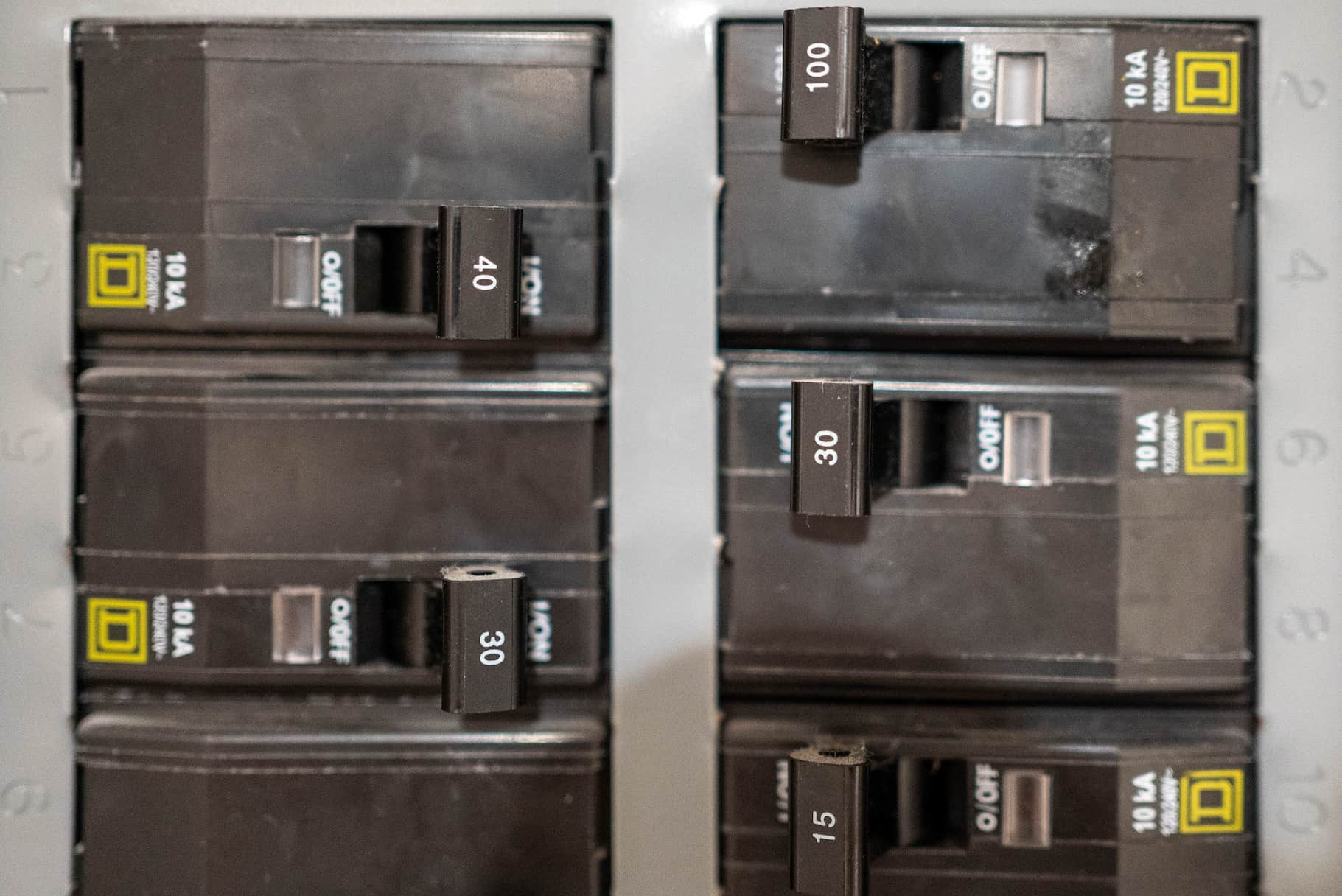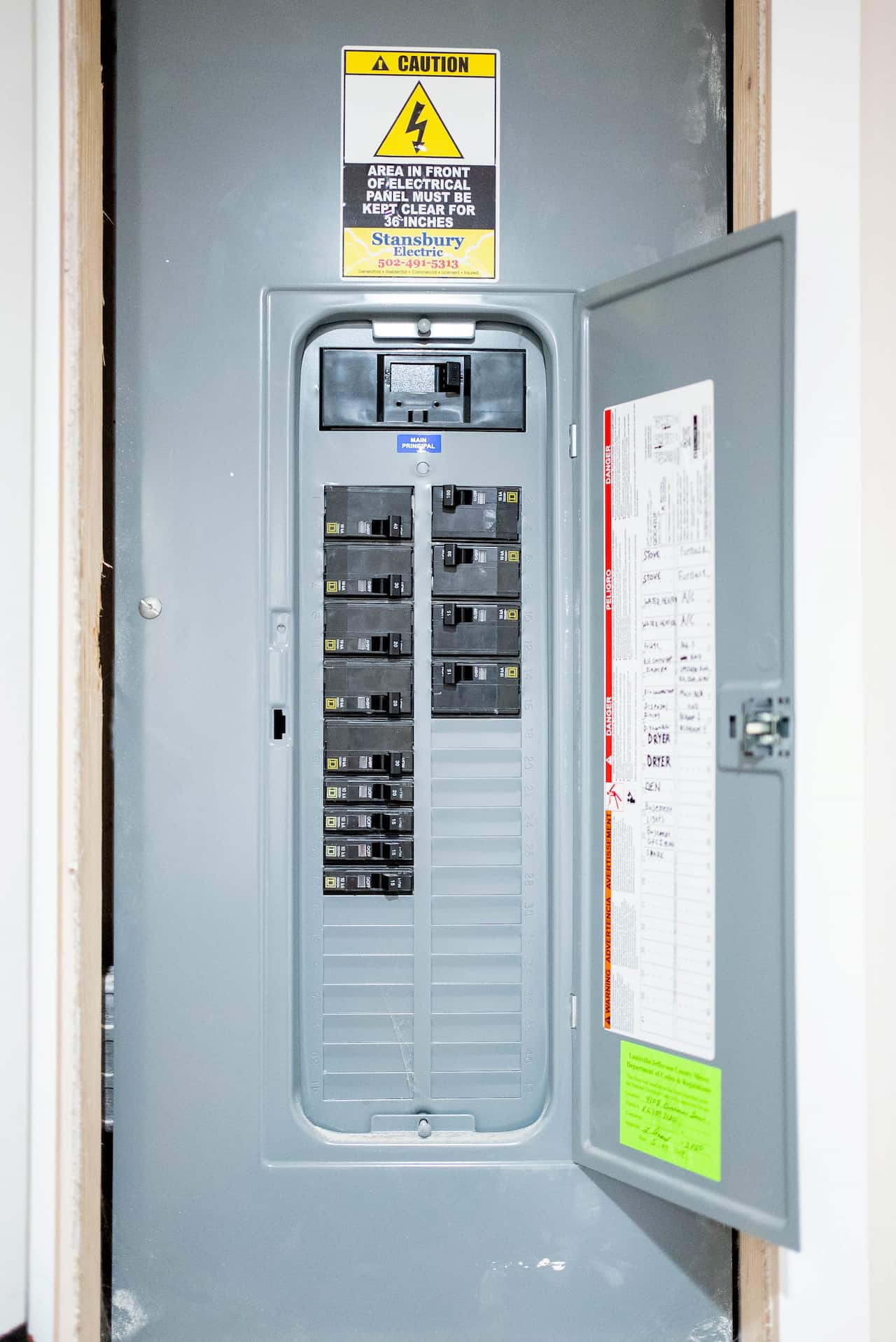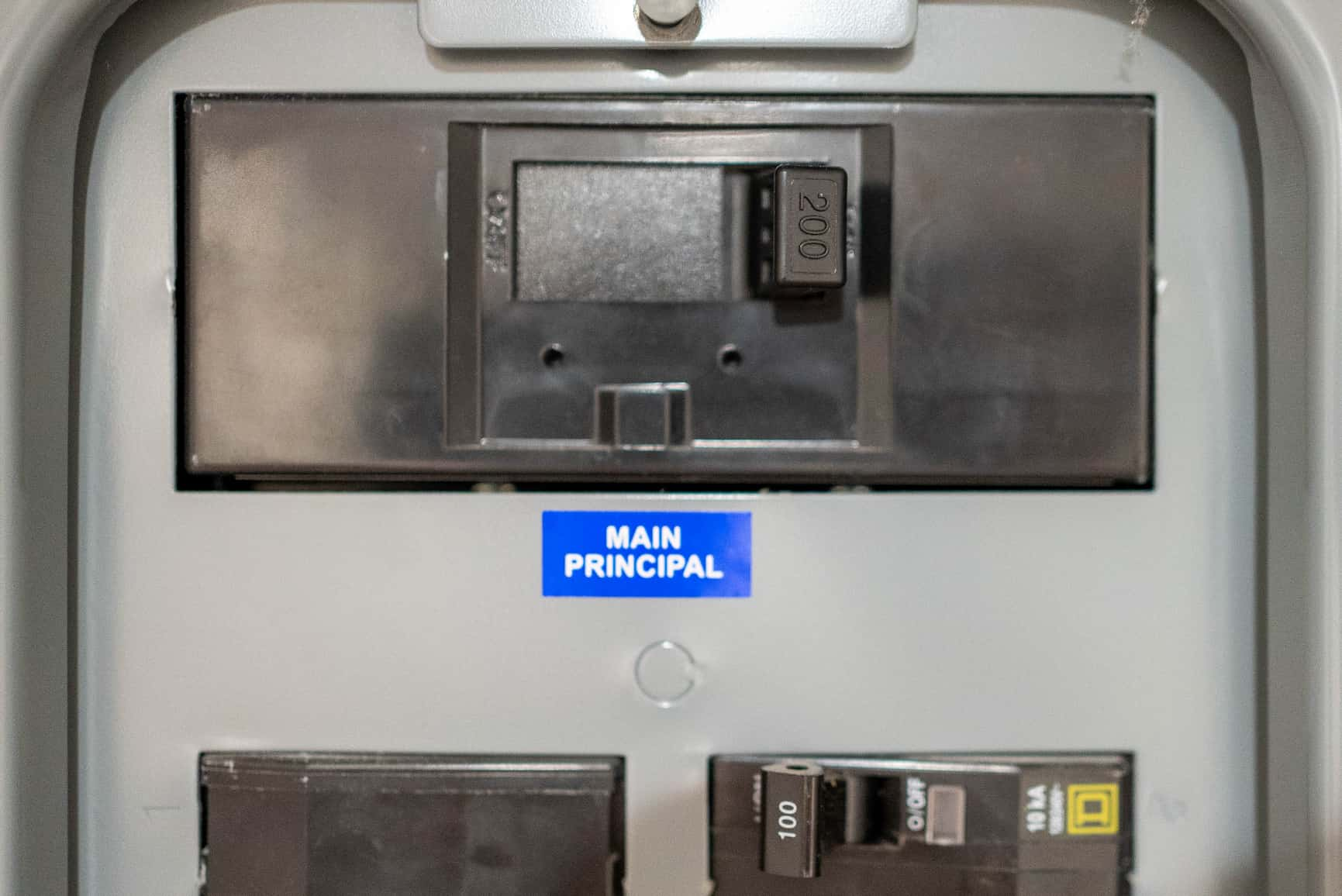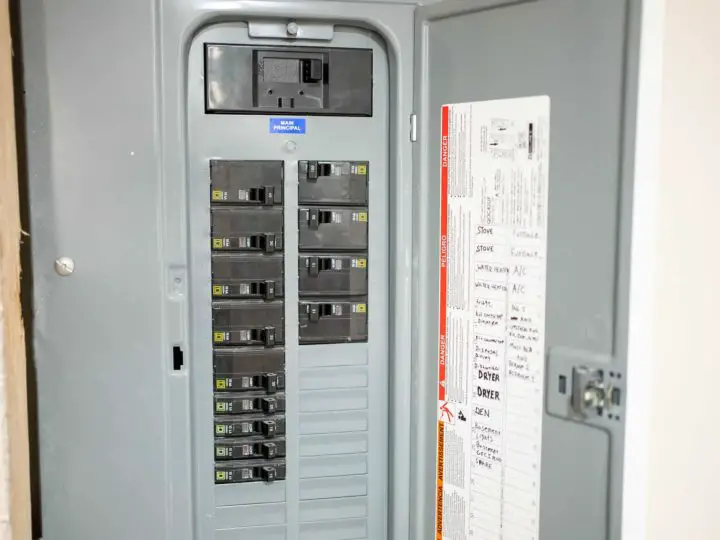Perhaps you were flipping a circuit breaker to do some electrical work, or it just needed to be reset, and in the process noticed the breaker you flipped felt a little (or a lot) loose. Should circuit breakers be loose? And if not, what can you do to fix a wobbly circuit breaker?
Circuit breakers should not be loose – they should seat snugly on the main panel with no wiggle to ensure a solid connection to the main bus bar. Over time, some circuit breakers can become loose, but they can be easily replaced by a licensed electrician.
With that being said, loose circuit breakers may be a symptom of something bigger – including the need to replace the whole panel. Read on to find out what happens when a circuit breaker is loose, how to fix a loose circuit breaker, how to know when a loose circuit breaker is a sign of a bigger problem, and how long circuit breakers typically last.
What happens when a circuit breaker is loose? How did it become loose?
The more wiggle there is in a circuit breaker the more likely the circuit is not making a secure electrical connection – which makes it a pretty dangerous and important problem to address.
Usually, nothing but the passage of time causes circuit breakers to become loose since electricity tends to vibrate and loosen things over time.
If you have a loose circuit breaker, you might find that heavy-load appliances (like blow dryers, microwaves, etc) will trip the breaker. Loose electrical connections, like loose circuit breakers, can start fires, so it’s important to get them fixed by a licensed electrician as soon as possible.
P.S. If you have a warm circuit breaker that you’re worried about, read this post about how to tell if it’s a concern or not.

What is a circuit breaker anyway?
Circuit breakers are small mechanical devices that detect surges in heat or electricity and shut off power to their circuit when they reach dangerous levels. They’re actually pretty similar to fuses, which were the standard before circuit breakers. Fuses have to be replaced every time they trip, but circuit breakers can be used over and over again. HowStuffWorks has a SUPER interesting article about this (at least I think so, anyway…but I’m an electrical nerd) in case you’re curious.
Why Do Circuit Breakers Trip?
Circuit breakers usually trip because of a fault, short, or overload. They’re actually a safety mechanism designed to shut off power to a specific circuit before it can cause an electrical fire.
Faults are when live wires touch a bare copper wire or a piece of metal a ground wire is connected to. This will cause a surge in current, which will cause heat, which will trip the breaker to prevent a fire. If you notice discoloration around an outlet, you’ve probably experienced a fault.
Shorts are some of the most dangerous reasons for a circuit breaker to trip – it happens when a live wire comes in contact with a neutral one (think black wires touching white). Basically, there will be too much current running through the circuit, which causes heat, which causes the circuit breaker to trip. If you notice a burning smell or dark singe-type marks around your breaker, you may have experienced a short.
Overloads happen when you draw more power than the circuit is capable of producing – think two blowdryers, a pressure cooker, and a microwave all one circuit running at the same time…that’s a TON of power consumption! The overdraw on power will cause the circuit to overheat as it tries to keep up with demand, which will in turn cause the circuit breaker to trip and cut the power to the circuit. To fix it, try not to use so many high-power appliances in the same area – spread out!

The Anatomy of a Circuit Breaker Box/Panel
Most circuit breaker boxes/panels are laid out in a similar way: with the main circuit breaker at the top (usually 100A, 150A, or 200A), and branch circuit breakers underneath (usually 15A or 20A). The panel’s purpose is to receive incoming power from your local utility and translate that into power that your home can use.
The branch circuit breakers with higher amperages (20A) tend to be wired for larger appliances like your air conditioner, while the lower amperages (15A) tend to be for your normal use areas – bedrooms, living rooms, etc.
There are two covers on a circuit breaker box – the front cover and the dead front cover. The front cover which covers the circuit breakers, usually with a sliding latch, is totally okay to remove as a homeowner – after all, it’s how you’ll go about resetting circuits if need be. The dead front cover though should only be removed by a professional since it hides exposed live wires and is how you’d access the main busbar.
How To Fix A Loose Circuit Breaker
Almost everything can be DIYed, but that doesn’t mean it should be.
Any electrical work where you’re forced to work near live power should be left up to professionals. It’s fine to look at your panel, but behind the circuit breakers is the main busbar – where all the power for your home is translated from your local utility provider. It’s always electrified, and cannot be turned off unless you turn off the utility to your home completely. And if you can’t turn off the power, you NEED to call an electrician – they have the training and knowledge to work in these dangerous environments.
(Seriously – this is coming from someone who is incredibly comfortable with electrical work. I talk with electricians often, and with all of their training, they are still EXTRA cautious around the busbar)
This is not a DIYer’s project. If you’re itching to work on some electrical projects that are DIYer friendly, consider doing something like this (it was such a simple upgrade, and made such a huge positive impact on our lives!)
Your electrician might fix the loose breaker in a few ways:
- Sometimes they can simply bend the contact jaws of the circuit breaker to help them make better contact – an easy (and free!) fix
- If your circuit breaker is common and inexpensive, your electrician will probably just replace it – the contact jaws will be brand new, making the whole installation much more sturdy. Circuit breakers must be replaced with the exact same type and size. They’re usually pretty inexpensive – less than $10.
Considering it’s usually under $300 (depending on your area) to get a circuit breaker replaced, it’s a no-brainer – hire a professional to come out and safely replace the offending circuit breaker before it causes a bigger issue.

When A Loose Circuit Breaker Is A Sign Of A Bigger Problem (8 Ways To Know)
When your electrician comes to fix your loose circuit breaker, they will likely also inspect the main bus bar. If it’s severely pitted or carbonized (from arcing), they might recommend the entire bus bar (or depending on cost, the entire panel) be replaced.
But that’s just one sign of a failing electrical system. Here are a few other things to watch out for:
- Blinking or flickering lights in your home, especially when electrical-heavy appliances turn on
- Finding your appliances needing to be reset, even though the power didn’t go out
- Warm or discolored wall plates
- Lightbulbs are burning out faster than you’d expect
- You can smell heat or burning near your electrical panel
- There’s dark marks around your outlets/receptacles, indicating arcing or a small electrical fire within the box
- Circuit breakers that frequently trip
- Hearing buzzing, crackling, or sizzling coming from your outlets/receptacles
How Long Circuit Breakers Last
Typically, circuit breakers last around 30 years – but in that time span, you’re probably going to need to upgrade your whole panel to keep up with changes in local building codes. If you know your circuit breakers are much younger than that, but you’re still having issues, there might be more complicated issues at play – talk with a licensed electrician and they’ll take care of you!

